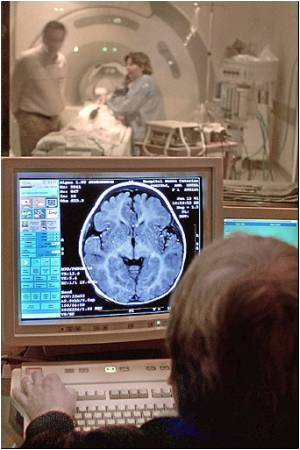A new study has suggested quickly clearing out defective proteins in the brain may prevent loss of brain cells.

One of the mysteries surrounding neurodegenerative diseases is why some nerve cells are marked for destruction whereas their neighbours are spared.
In Huntington's disease and many other neurodegenerative disorders, proteins that are misfolded (have abnormal shapes), accumulate inside and around neurons and are thought to damage and kill nearby brain cells.
Normally, cells sense the presence of malformed proteins and clear them away before they do any damage. This is regulated by a process called proteostasis, which the cell uses to control protein levels and quality.
In the study, Andrey S. Tsvetkov and his colleagues from the University of California, San Francisco (UCSF) and Duke University, Durham, North Carolina, showed that differences in the rate of proteostasis may be the clue to understanding why certain nerve cells die in Huntington's, a genetic brain disorder that leads to uncontrolled movements and death.
To measure how quickly proteins are cleared away from cells, the researchers developed a new technique called optical pulse-labeling, allowing them to follow specific proteins in individual living cells.
Advertisement
In this way, the researchers could track the lifetime of newly produced Dendra2 (which glows green) and older, photoswitched Dendra2 (which glows red) until the protein was cleared away from the cell.
Advertisement
They discovered that the mean lifetime of the protein (how long it remained in the cell) varied three- to fourfold, suggesting that rates of proteostasis were different among individual neurons. In other words, some cells may process an identical protein much slower than others.
Then, the researchers investigated how cells deal with different forms of Huntington, the protein involved in Huntington's. They fused Dendra2 on the end of a normal or mutant version of Huntington to track how long the protein remained in cells.
The mutant version of Huntington is longer, and contains three building blocks of the protein repeated an abnormal number of times. These repeats in Huntington are what cause it to misfold, eventually leading to neuron death and the symptoms of the disease. As predicted, in their experiments, the mutant form of Huntington caused more rat cells to die than did the normal form of the protein.
The researchers found that the amount of time the mutant protein remained in the cell predicted neuronal survival: shorter mean lifetimes of mutant huntingtin were associated with longer neuronal survival.
A shorter mean lifetime indicates that a protein does not remain in the cell for a long time, and that proteostasis is working effectively to clear it away. This suggests that improving proteostasis in Huntington's brains may improve neuronal survival.
The study has been published in Nature Chemical Biology.
Source-ANI















